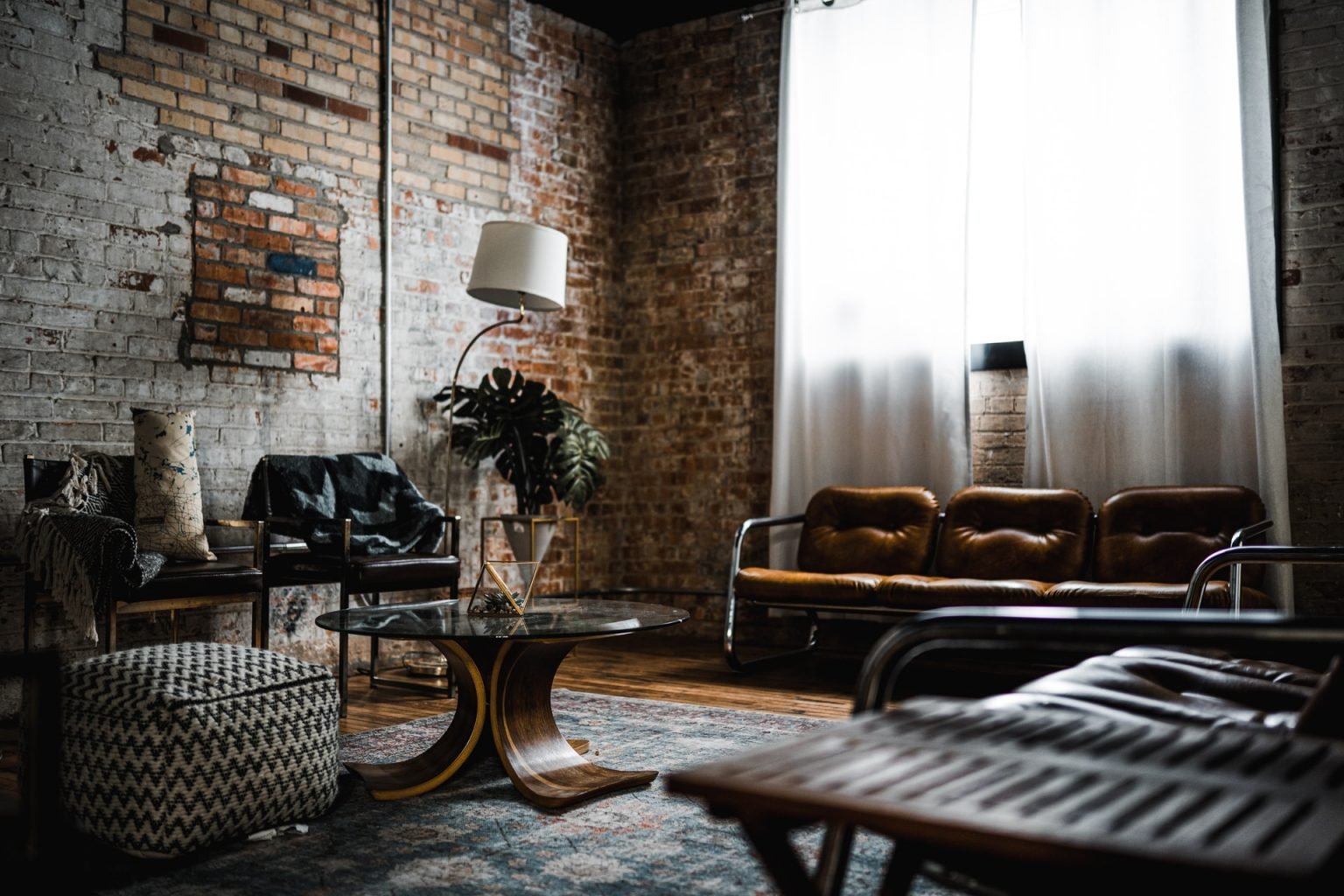There’s something antique and vintage pieces can do to your home that new, custom pieces just can’t, no matter how well-made they are. We tend to have a soft spot for items that have lived longer than we do, fulfilling that need for a connection to the past and a sense of history in our humble abode.
So whether it’s a new-found treasure from a local flea market or an heirloom from the older generations in your family, we try to find ways how to incorporate these charming pieces into our modern home. The challenge is: how can you mix the old and new while retaining an overall sense of cohesion in your space?
In this article, we list down 10 rules of decorating with vintage furniture and making these pieces work in your modern home.
1. Unify with color
Sticking to a color palette is one of the best ways to create a cohesive look when mixing periods and styles. Doing so will draw more attention to the form and carvings and less on trivial details. For instance, you can have a mid-century wishbone chair set, which comes in earthy tones, and pair it with a sleek, wooden dining table.
If you’re into DIY, you can also paint thrift store finds or update the upholstery especially if they’re in poor condition. If you’re a fan of shabby chic, you can create balance and harmony by painting the pieces in creamy white.
2. Make them into a statement piece
Do you have that one, big piece that says it all? It’s time to put the spotlight on them. You can put your vintage furniture as the centerpiece in your living room, dining room, kitchen, or garden. Vintage coffee tables, sideboards, dining tables, and kitchen islands make fabulous statement pieces when placed along with sleek and modern pieces.
3. Use them as accents
Don’t have that large-scale statement piece? Vintage and antiques don’t always have to be the centerpiece, but they can add a more subtle character when used as accent pieces. Think about accent tables, rugs, lighting fixtures, and home accessories like clocks, vases, and art.
4. Let them inject character and variety
People these days are leaning towards minimalistic styles, like Scandinavian and Muji-inspired homes. While they’re visually pleasing, going overboard with the “less is more” concept can make the home feel monotonous and strict. Antiques and vintage pieces have the power to keep a home from looking lifeless and add a bit of character to it.
5. Mix and match: think about form and function
When integrating an older piece into a contemporary design, it’s necessary to think about its form and function. Modern pieces often have clean lines and shapes while antiques and vintage items usually feature intricate carvings, bold colours, and other decorative flourishes.
The key is to have a healthy mix of these two aspects. While it’s okay to mix and match periods and forms, remember to follow the rules of scale and proportions. Create a balance between streamlined and curved pieces and bold patterns and neutral tones.
6. Don’t hesitate to refinish
Not all antiques need to be preserved in their original state. If the vintage piece has great bones but a poor or outdated finish, consider revamping it with a fresh coat of paint or upholstery. It’s possible to make it look and feel brand new without losing its vintage charm.
7. To salvage or not to salvage?
There’s a fine line between refinishing a vintage piece and transforming a super rare piece into a completely different item. For instance, there are a lot of flea markets that repurpose vintage items, from wheels that turn into coffee tables, suitcases upcycled into drawers, and more.
As much as possible, keep the end-use of the item classic and authentic especially if it’s unique and has historical significance. The only time it’s okay to salvage things is when the item is beyond repair.
Related: 6 Ideas to Revamp Your Old Sofa and Give It a Second Life
8. Bring home unique yet useful vintage items
Not all old items are worthy of keeping. Unless you want your home to look like a museum, it’s wise to collect things that are not just unique but useful too. When you see something that moves you, take a step back and ask yourself: how are you going to incorporate that item into your home?
Vintage dinnerware, vase, candlestick, ashtray — sure, buy them. You can store them on an open shelf or bookshelf for easy access. When the item isn’t that useful but has a brand or historical significance, always go back to your goals and make sure your home won’t look like a junk shop.
9. Play with “non-colors” as backdrops
With lots of charming pieces in your home that you want to showcase, it just makes sense to keep your backdrop quiet. Shades like white, light shades of green and blue-gray, cream, and other muted tones allow your vintage and modern pieces to shine.
10. Create a room that speaks to today
Don’t recreate a room from the past. Instead, decorate a home that speaks to the present. Let vintage artworks sit next to contemporary ones. Put a geometric planter on top of that patina-finish coffee table. Adorn your antique bookshelf with colourful books.
A few years from now, our present will be our future generation’s past. The trendy decors of today will the new “vintage” of tomorrow. Unless covering the entire house in aged glory is your thing, it’s always nice to have a healthy mix of old and new, bridging the past and the present.
Author Bio: Carmina Natividad is a resident writer for Where Saints Go, an eclectic online furniture company based in the UK, providing unique and quality furniture and home accessories at affordable prices. This passionate writer loves looking out for new home décor trends and writing articles focused on interior design and home improvement.
